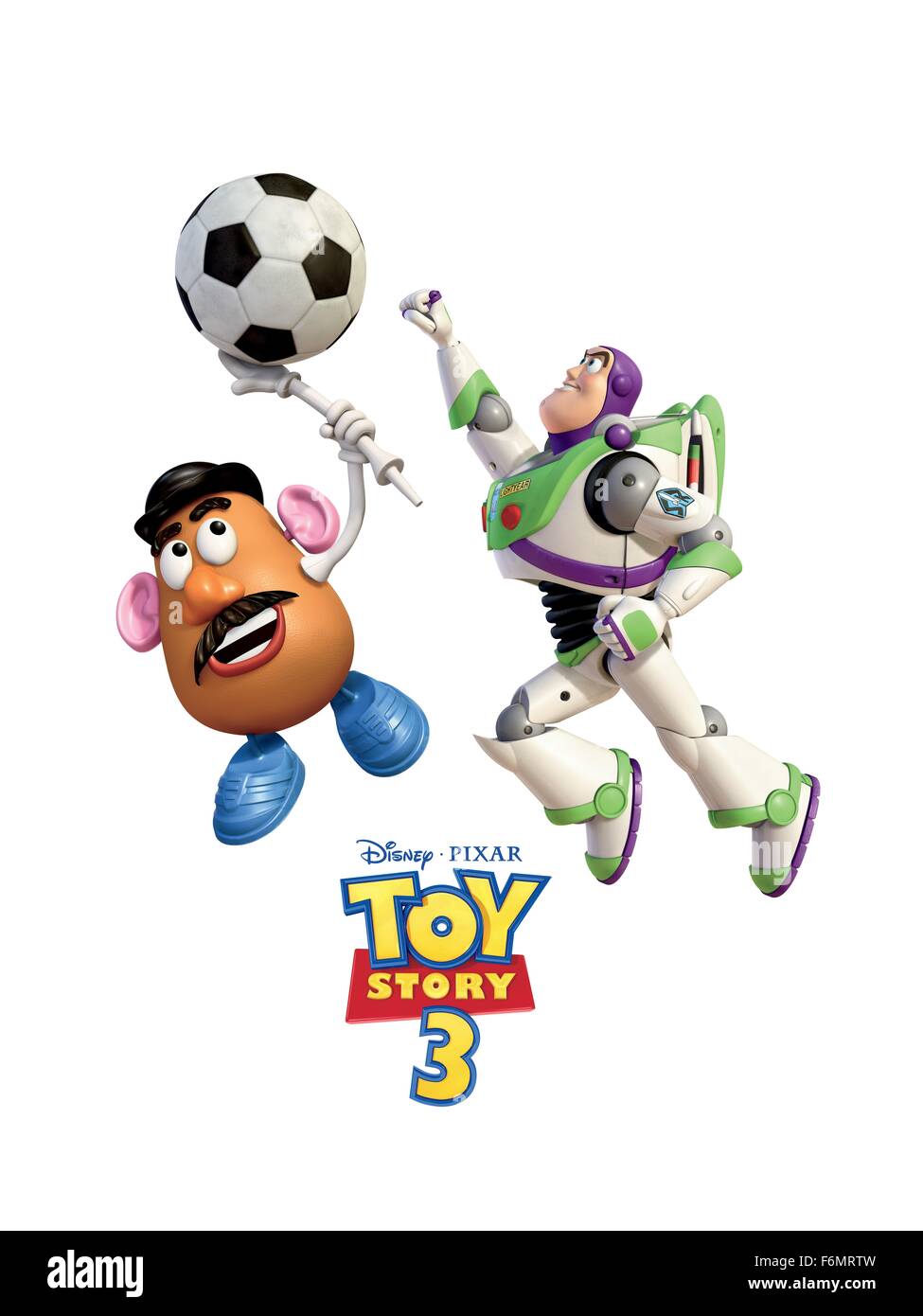

Pixar’s contract with Disney had come as a result of its technological prowess, after all. These days, it may sound obvious to say that part of Pixar’s success has been the appeal and emotion of the stories the studio tells-but 20 years ago, that didn’t necessarily have to be the case. Stanton remembers telling Pete Docter at one point that the two main characters had to be engaging enough that people would think Buzz and Woody stuck in an elevator for 70 minutes was the highest quality of entertainment. The future “brain trust” shut themselves in a room to rethink the story. The writing team, which included Joss Whedon and Joel Cohen, paired the character concepts with a more cynical attitude than was typical for animated films, and Pixar also made the decision to skip musical numbers in favor of a more mature feel.ĭisney balked at early versions of the story-Woody was not likeable enough, for example-and Catmull says the company “essentially shut down production” over the problem. So Stanton set about helping write the screenplay for a buddy movie, where the conversations would bring the characters to life as much as the unprecedented curves and planes. Then I’d say ‘oh can we do this with it?’ and come up with ideas we’d never thought of.” Meanwhile, all that R&D is inspiring different ideas. “I’d always say ‘hey can we do this?’ They’d say ‘no, but let’s try,’ and they’d do R&D to get there. “I was so geeky and into this stuff,” Lasseter adds. Eventually human presence was too hard to avoid, and as a result viewers could put a face to Andy (a face that showed the improvements of Pixar’s rendering capabilities by the time he was off to college in Toy Story 3).

Toys always hung out in a kid’s room, Lasseter added, which let animators do their illustrations on a perfectly flat floor that was simple to render.Īt first, the team was going to avoid humans altogether choosing to keep them just out of the frames, Lady-and-the-Tramp-style, rather than crudely animating their features.

#Scite the film toy story movie
Anything in a more “organic” shape or texture ended up looking plastic-which lent itself nicely to a movie about plastic objects springing to life.
#Scite the film toy story software
That software lent itself to perfectly geometric objects, such as blocks, bouncing balls: the type of things found in Andy’s stash of toys. In some ways, working with computers opened new possibilities, letting animators add details they never would be able to (or would want to avoid, to minimize illustrators’ “pencil mileage”), such as the plaid pattern on Woody’s shirt or the stickers on Buzz’s curved glass helmet.īut it had its limits-and that’s where the toys came in. The goal was to allow the animators, without much engineering background, to control movement and “rig” their own characters. No one had ever tried to make a feature-length film with 3D animation, so the technological capabilities guided much of their creative process, says Lasseter, who worked as an animator at Disney after college.Ĭatmull and computer scientists at Pixar built the software that animators could use to design the film, like RenderMan, which originated from Catmull’s studies at the University of Utah, and Menv (“modeling environment”), which the programmers developed for Pixar’s 1988 short Tin Toy. When it came to Toy Story, the animators didn’t have much choice but to follow Disney’s lead. He notes that part of what made the films so magical was how Walt Disney incorporated all the latest technology of his time, letting that innovation stimulate the illustrations. “We grew up with hand-drawn, done the best at Disney Studios,” Catmull says. All along, he had dreams of illustrating movies himself one day. When he was a boy in Utah, he had watched early Disney movies with fascination, his eyes drinking in the color and magic of movement on the screens. The ToysĬatmull’s preparation started early. By the time the Toy Story credits started rolling that first day, the movies would never be the same. The storytelling and technology of Pixar still rests upon the foundation Toy Story built.


 0 kommentar(er)
0 kommentar(er)
